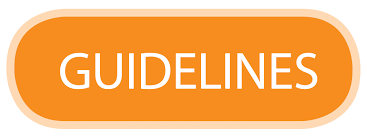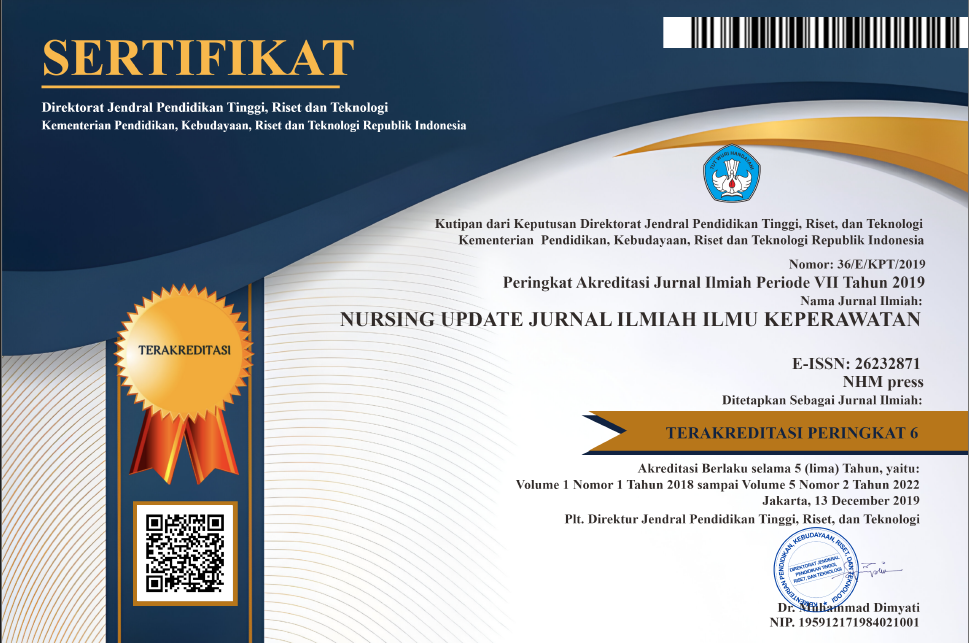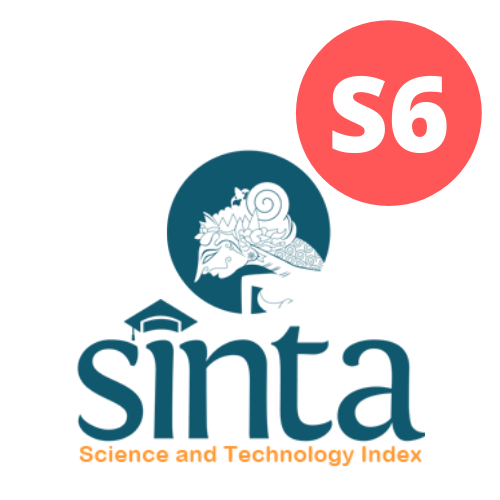Penerapan Pijat Oksitosin Pada Ibu Post Partum Dengan Menyusui Tidak Efektif Di Ruang Mawar RSUD Kardinah Tegal
Abstract
Ineffective breastfeeding is a common issue among postpartum mothers and can hinder the provision of exclusive breastfeeding, which may negatively impact infant growth and development. Non-pharmacological interventions such as oxytocin massage have been proven to improve breastfeeding effectiveness by stimulating the release of oxytocin, a hormone essential for the milk ejection reflex, while also promoting maternal relaxation. This study aimed to examine the effectiveness of oxytocin massage in addressing ineffective breastfeeding among postpartum mothers. A descriptive case study design was employed, utilizing a nursing care process approach. The subject was a 34-year-old postpartum mother (Ny. T) on her second day after spontaneous delivery, experiencing difficulties in breastfeeding. Oxytocin massage was administered over a 3-day period from January 13 to 15, 2025, following standard operating procedures (SOP), with each session lasting 15–20 minutes. Evaluation included observation of breastfeeding frequency, expressed breast milk volume, infant suckling strength, and post-feeding infant behavior.The evaluation revealed a significant improvement in breastfeeding effectiveness. The frequency of breastfeeding increased from 3 to 8 times per day, milk volume rose from approximately 5 ml to 30 ml per session, infant suckling strength improved, and the baby appeared satisfied after feeding. The breastfeeding effectiveness score increased from 2 (ineffective) to 4 (effective). Additionally, the mother reported feeling more confident and less anxious. Oxytocin massage proved to be an effective, simple, safe, and low-cost non-pharmacological intervention for enhancing breastfeeding among postpartum mothers. This technique can be integrated into maternal nursing care practices in healthcare facilities.










